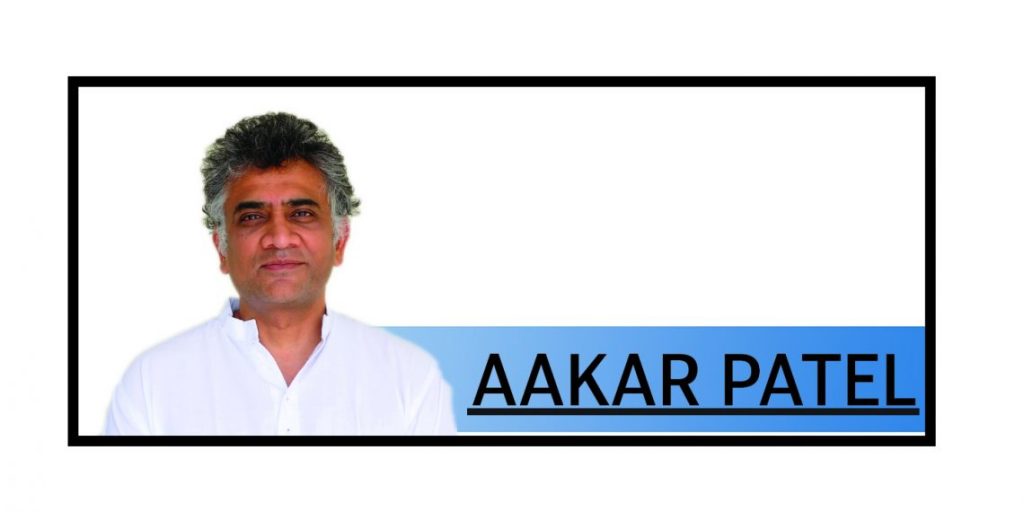Sometimes important things fall out of the news cycle and for this reason must continue to be emphasised. Journalists and columnists must not let go of their primary role merely because the entertaining material generates more response from readers and viewers.
In 2014, India’s ranking on the Global Hunger Index, which was then measuring 76 nations, was 55. In 2020, out of 107 nations, India fell to 94. Last year, in 2021, India’s rank was 101 out of 116 countries. On 15 October was published a report that in 2022, India’s rank was 107 out of 121 nations. The score is calculated on a 100-point scale reflecting the severity of hunger, where zero is the best score (no hunger) and 100 is the worst. India’s score of 29.1 puts us in the ‘serious’ category. In 2020, the fall in our score was because the prevalence of child wasting (low weight for height) in the five years between 2014 and 2019 increased to 17.3 per cent from 15.1 per cent in 2010-2014.
This year, India’s child wasting rate has increased to 19.4, the highest in 20 years and not only does India’s poor performance make the regional average worse, it is the highest for any nation in the world. Undernourishment rose in the country from 14.6% in 2018-2020 to 16.3% in 2019-2021. That means more than 22 crore Indians sleep hungry.
Five United Nations agencies published the ‘State of Food Security and Nutrition in the World’ report earlier this year. This report said that 40% of Indians suffered from food insecurity in 2019-2021 and that India alone accounted for more than one third of the world’s total severely food-insecure population. This should not surprise us because the government takes pride in the fact that 800 million Indians, meaning 60% of the population queues up for five kilos of free grain and one kilo of dal every month, and has been queueing up for over two years.
The question is how does the state in India respond to such reports? When the previous year’s report came, Union Minister of State for Agriculture Parshottam Rupala told the Rajya Sabha that the government questioned the methodology of the findings. He said: “Some NGO has done the survey. We have asked them on what basis they have reached this conclusion? They have not replied yet. Whenever a street dog gives birth in our village, even though it bites, our women provide them with sheer (sweet dish). So, in a country where such a tradition exists, and an NGO comes and releases such a report about our children, we should not be sensitive to such reports. As far as these surveys are concerned, even healthy and strong children are counted…there should be awareness in society, our dynamic minister Smriti (Irani) ji has started a Jan Andolan, and 13 crore events have been done.”
In 2012, Narendra Modi, who was then the Chief Minister of Gujarat, was asked by the Wall Street Journal why half of Gujarati children under five were stunted, or too short for their age, as of 2006, according to the latest available figures from the Indian government. His response, which was reported by the Times of India was that “the middle class is more beauty-conscious than health-conscious-that is a challenge. If a mother tells her daughter to have milk, they’ll have a fight-she’ll tell her mother, ‘I won’t drink milk. I’ll get fat.'”
India’s ranking on the index is behind Pakistan and Bangladesh, but such things appear to no longer affect us. It goes without saying that Nepal and Sri Lanka are way ahead of us. China, which we think of as being our competitor, is one of the top 17 nations which are not assigned an individual score because there is little hunger there. India’s per capita income is now behind Bangladesh’s but that is also not really something that we are concerned about. The decline here in the economy is something another government would have been hauled over the coals for, but today we merely look away.
I have said here before that for one of my recent books I looked at 53 global indices on which the government was trying to improve its standing. In 49 of them, India has fallen since 2014. We are using grand and vague terminology — amritkaal and atmanirbharta — to cover up what is essentially failure of the state. It is the sacred task of the elected to govern competently. This means to improve the lives of Indians, who are some of the most poor and wretched in the world. It does not mean to take what was built by previous governments and squander it.
That is what we have done. The price for it is being paid daily by the poorest Indians while the media has allowed the government to get away. Which is precisely why these things, even at the cost of serial repetition, must be brought to the notice of all who are willing to listen.
